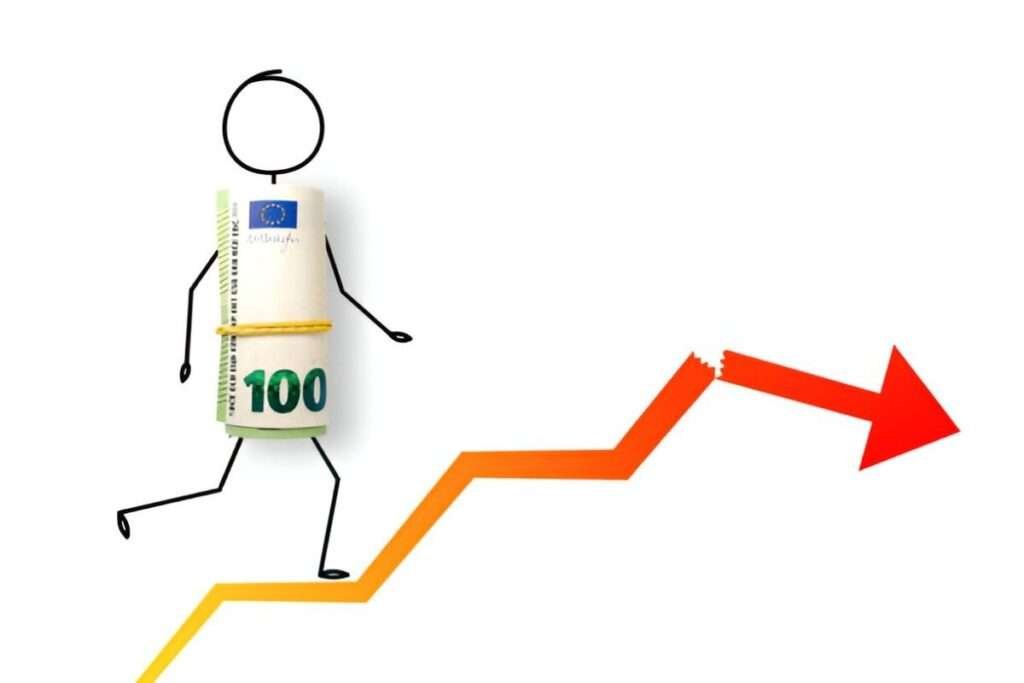Introduction
Trading forex with a $500 account presents challenges and opportunities. Many traders start with a small balance, expecting to grow it quickly. But forex trading is a high-risk endeavor, and with a small account, the margin for error is minimal.
I will examine how a $500 account works, the risks involved, trading strategies, and expectations. This guide will help traders understand the practical aspects of managing a small account while following proper risk management principles.
Table of Contents
Understanding Leverage and Margin
Leverage allows traders to control a larger position size with a smaller amount of capital. In the US, brokers offer leverage up to 1:50 for major forex pairs. This means a trader with a $500 account can control up to $25,000 worth of currency.
| Leverage | Account Balance | Buying Power |
|---|---|---|
| 1:1 | $500 | $500 |
| 1:10 | $500 | $5,000 |
| 1:50 | $500 | $25,000 |
Leverage increases both potential gains and losses. A single losing trade can wipe out a significant portion of the account if not managed properly.
Position Sizing and Risk Management
Managing risk is critical when trading with a small account. A common rule is to risk no more than 1-2% of the account per trade.
Example Calculation:
If I risk 2% per trade on a $500 account:
\text{Risk per trade} = 500 \times 0.02 = 10This means I should not lose more than $10 on a single trade. To calculate position size:
\text{Lot size} = \frac{\text{Risk}}{\text{Stop Loss} \times \text{Pip Value}}Assume I am trading EUR/USD, where each pip is worth $0.10 per micro lot, and my stop loss is 20 pips:
\text{Lot size} = \frac{10}{20 \times 0.10} = \frac{10}{2} = 0.5 , \text{micro lots}With this setup, my trade will be within my risk tolerance.
Choosing a Trading Strategy
Traders with a small account must select a strategy that suits their risk tolerance. Below are some common approaches:
1. Scalping
Scalping involves opening and closing trades quickly, aiming for small gains. This method requires a broker with tight spreads and fast execution.
| Pros | Cons |
|---|---|
| Frequent opportunities | Requires high discipline |
| Small profits add up | Can be stressful |
2. Swing Trading
Swing trading involves holding positions for days or weeks, targeting larger moves.
| Pros | Cons |
|---|---|
| Less time-consuming | Requires patience |
| Potential for higher profits | Can have overnight risk |
3. Trend Following
This method involves identifying and following market trends. Traders use moving averages and momentum indicators to confirm trends.
| Pros | Cons |
|---|---|
| Works in strong trends | Can suffer in choppy markets |
| Clear entry and exit rules | Requires discipline |
Realistic Profit Expectations
Many new traders believe they can turn $500 into thousands in a short time. While some achieve this, most do not.
Assuming a consistent 5% monthly return, a $500 account would grow as follows:
| Month | Balance |
|---|---|
| 1 | $525 |
| 3 | $578 |
| 6 | $669 |
| 12 | $895 |
Compounding can help grow an account, but slow and steady progress is more realistic than rapid gains.
Common Mistakes with a Small Forex Account
- Overleveraging – Using excessive leverage increases the chance of blowing up the account.
- Overtrading – Taking too many trades leads to unnecessary losses.
- Ignoring Risk Management – Failing to set stop losses can result in large drawdowns.
- Emotional Trading – Impulsive decisions often lead to losses.
- Lack of a Trading Plan – Successful traders follow structured strategies.
Conclusion
A $500 forex account requires careful planning, risk management, and patience. While it is possible to grow a small account, it demands discipline and realistic expectations. By focusing on position sizing, risk management, and a solid strategy, traders can increase their chances of long-term success.





